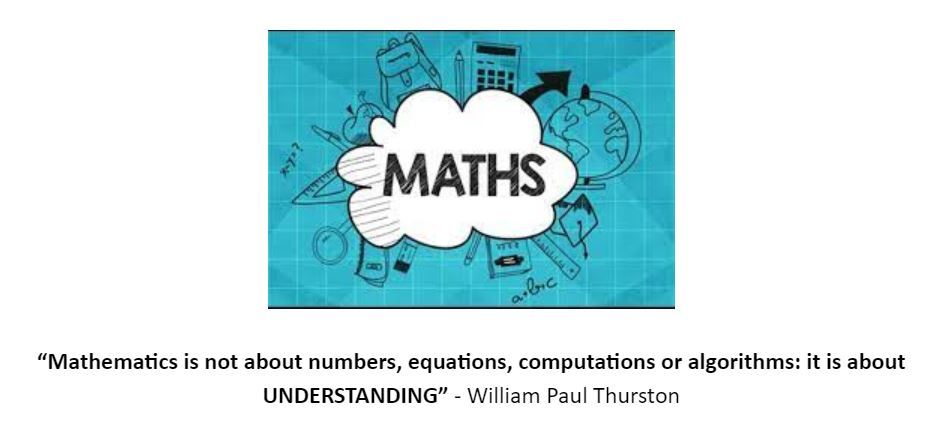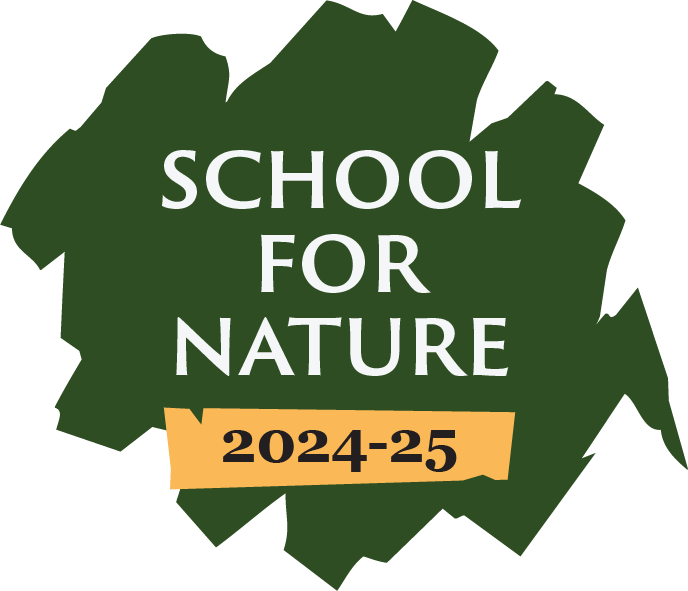Maths

Intent
At Witney Community Primary School we believe that being a confident, able mathematician is essential in ensuring that our pupils become successful citizens of the world. Our goal is that our pupils develop a deep and secure understanding of the different mathematical concepts in our National Curriculum. We do this through a focus on Fluency, Reasoning and Problem Solving.
The ‘Intent’ of our mathematics curriculum has been derived from the aims of National Curriculum for Mathematics:
Fluency: become fluent in the fundamentals of mathematics, including through varied and frequent practice with increasingly complex problems over time, so that pupils develop conceptual understanding and the ability to recall and apply knowledge rapidly and accurately;
Reasoning: reason mathematically by following a line of enquiry, conjecturing relationships and generalisations, and developing an argument, justification or proof using mathematical language;
Problem Solving: can solve problems by applying their mathematics to a variety of routine and non-routine problems with increasing sophistication, including breaking down problems into a series of simpler steps and persevering in seeking solutions.
Implementation
At WCPS, we have adopted a mastery approach. Our Maths teaching is underpinned by the NCETM's Five Big Ideas (see pic below).
Using a mastery teaching model, pupils develop conceptual understanding, number fluency and the ability to apply their understanding within reasoning and problem solving contexts using a suitable range of mathematical language.
Learning is broken into small steps and scaffolded to support cognition, with difficulty increasing as pupils move towards independence and deeper levels of understanding.
Coherence
Lessons are broken down into small connected steps that gradually unfold the concept, providing access for all children and leading to a generalisation of the concept and the ability to apply the concept to a range of contexts.
Representation and Structure
Representations and models are used in lessons expose the mathematical structures.
Mathematical Thinking
If taught ideas are to be understood deeply, they must not merely be passively received but must be worked on by the child: thought about, reasoned with and discussed with others.
Fluency
Quick and efficient recall of facts and procedures and the flexibility to move between different contexts and representations of mathematics.
Variation
Variation is twofold. It is firstly about how the teacher represents the concept being taught, often in more than one way, and to develop deep understanding. It is also about the sequencing of the activities and exercises used within a lesson and follow up practice, paying attention to what is kept the same and what changes, to connect the mathematics and draw attention to mathematical relationships and structure.
Whole class teaching
A key feature of the mastery approach is the belief that pupils should not be labelled or have their learning capped. Pupils are taught as a whole class focusing on the same objective at the same time. Differentiation for learners is highly reactive and responsive to the needs of children at any particular moment in time and in any particular lesson. With this approach, children receive varying levels of support from lesson to lesson and no child is pigeonholed into a preconceived learning group. Challenge is for everyone and not the reserve of the children previously known as ‘higher attaining’.
Differentiation is likely to appear very subtle; varied use of practical resources/models and images, plus questioning that requires deeper reasoning, are used to ensure that all children are supported/challenged appropriately. Practice and consolidation play a central role in pupils’ learning experiences.
Lesson Design
Our Maths curriculum is designed and delivered to allow all children to embed key concepts. The teaching sequence is carefully broken into small manageable steps. It starts from where the class is and builds on previous learning. Each lesson is designed to flow cohesively from one to the next, building up knowledge and extending thinking from the previous lesson’s learning point to deepen understanding.
Teachers use the NCETM Curriculum Prioritisation framework and White Rose to support their planning.
Structure of lessons
Maths lessons are delivered using PowerPoint and WCPS icons are used to structure the different elements of the lesson. Children start with a prior learning activity which consolidates learning from the previous lesson and then are introduced to the learning intention. The lesson then follows in small steps allowing children to see standard and non-standard examples, to reason and to problem solve. Variation is a key element to maths lessons whereby children are exposed to the same principle in different representations. Lessons are designed to draw children’s attention to the key learning and follow a kite approach. Teachers use partner talk to enhance reasoning and increase engagement.
Stem sentences are used to help children understand concepts and to enable them to use the correct vocabulary needed to reason when problem solving. During maths lessons, key representations and concrete resources are used to reduce cognitive load and to expose mathematical concepts and structures. PowerPoint slides are adapted daily in response to the children’s needs from teaching staff’s daily assessments within lessons.
Teachers assess daily in order to identify pupils who require intervention. These children then attend a mop up session. Mop up sessions are focused on ensuring that pupils are helped to keep up by revisiting concepts and/or being provided with prior learning in advance of lessons. Where children have vulnerability factors, other targeted interventions are provided.
Fluency
A separate fluency lesson is timetabled daily so children can practice key skills such as times tables, bonds and effective strategies outside of the normal maths lessons. These lessons focus on essential knowledge and skills that children need in each year group in order to be fluent mathematicians. In Reception, Year 1 and Year 2 the Mastering Early Number Programme is being used to develop key number facts appropriate to these year groups’ objectives.
Impact
Throughout our maths teaching, teachers assess the impact of what has been learnt through classroom feedback and marking of work. They then adjust the next lessons appropriately where needed. All lessons are tailored to the needs of the class and the small steps are adjusted as appropriate to help reduce the cognitive load placed on the children.
Mop up sessions are planned regularly to help children narrow gaps in their existing subject knowledge. Mop up sessions are not only used to consolidate learning but also to pre-teach individuals on the next steps being taught.
Summative assessments are used at the end of topics and PUMA assessments are used three times a year to assess children’s understanding and to identify strengths and weaknesses. This information is then used to plan subsequent math lessons and intervention support for children who may need support in particular areas of maths.
How we plan Maths at WCPS
At WCPS we use the NCETM Curriculum Prioritisation Materials alongside White Rose to carefully plan our lessons. The NCETM materials outline the maths specific subject and pedagogical knowledge within the NCETM professional development materials and the DfE Non-Statutory Mathematics Guidance. This resource provides coherent sequencing for the primary maths curriculum. It draws together the DfE guidance on curriculum prioritisation, with high quality professional development and classroom resources provided by the NCETM Primary Mastery PD materials.
https://www.ncetm.org.uk/classroom-resources/cp-curriculum-prioritisation-in-primary-maths/
For each of the year groups 1-6, there is a mapping of the year’s curriculum into around a dozen units .Each step builds carefully from the previous step, building on pupils’ prior knowledge to develop new skills. Teachers confidently adapt the pace of teaching points to suit the learners in their class. Further, daily fluency sessions are also taught to improve children’s mental maths and their automaticity.
Our Reception class uses the Mastering Early Number Programme
Year 1 and Year 2 classes used the Mastering Early Number Programme for theri fluency sessions.
Follow the links to the whole school and year group curriculum map links.
Whole school overviews: https://www.ncetm.org.uk/media/y2di0nmn/cp-overview-years-1-6_08122021.pdf
https://www.ncetm.org.uk/classroom-resources/cp-year-1-curriculum-map/
https://www.ncetm.org.uk/classroom-resources/cp-year-2-curriculum-map/
https://www.ncetm.org.uk/classroom-resources/cp-year-3-curriculum-map/
https://www.ncetm.org.uk/classroom-resources/cp-year-4-curriculum-map/
https://www.ncetm.org.uk/classroom-resources/cp-year-5-curriculum-map/
https://www.ncetm.org.uk/classroom-resources/cp-year-6-curriculum-map/




